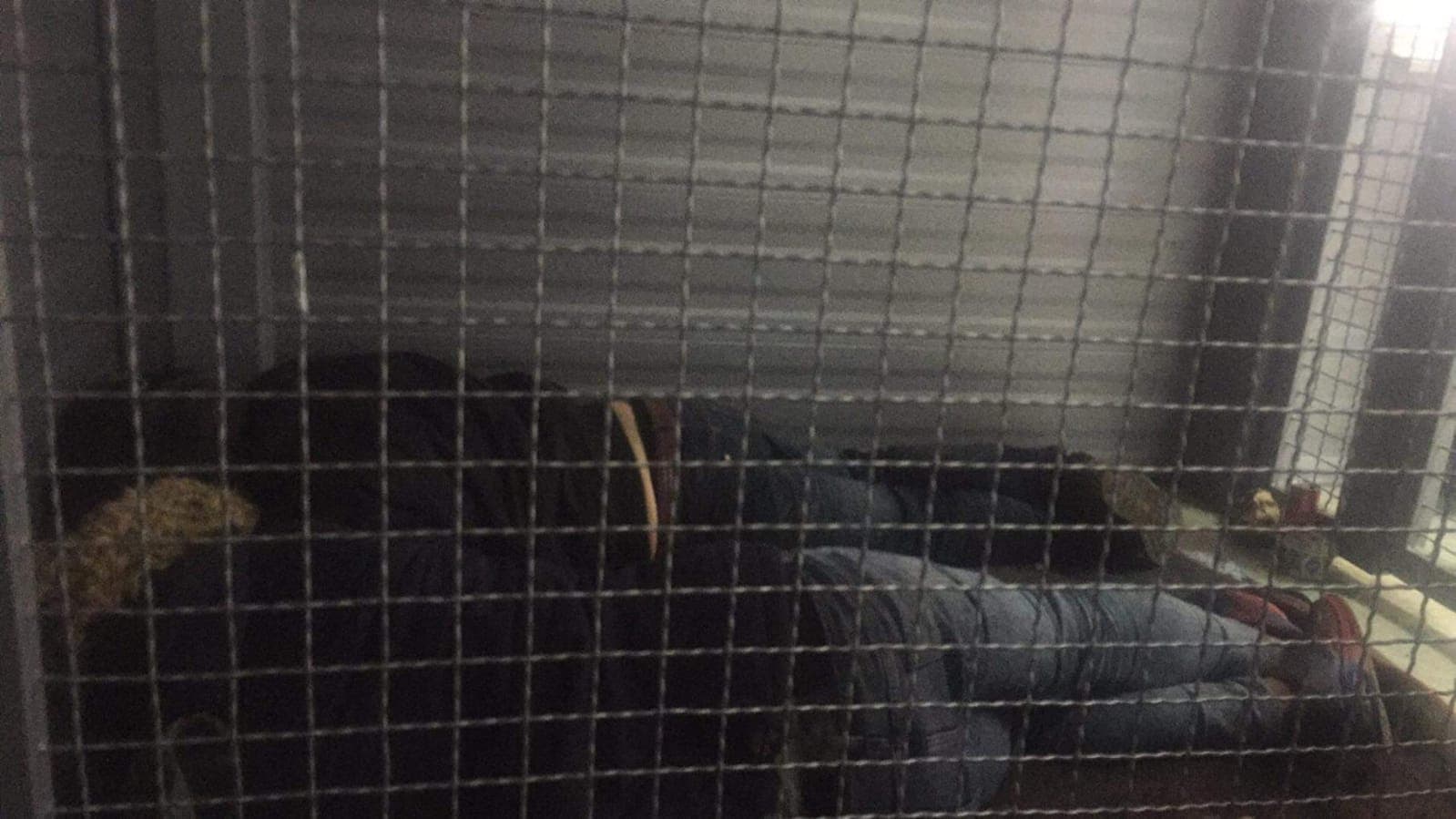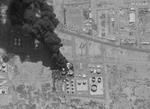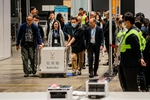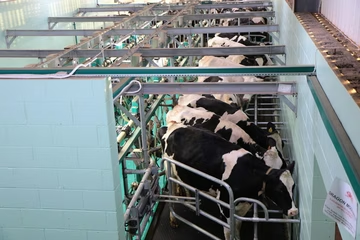Activists claim inhumane treatment of migrants, Border Police deny accusations

Activists from the informal group “Are You Syrious” published a video on Monday, showing several people, allegedly families from Iraq, in metal cages at the Klobuk border crossing near the southern town of Trebinje.
Oglas
One of the activists told the press that the local authorities are returning the migrants to Montenegro without letting them apply for asylum. According to him, such activities are against domestic and international laws.
Bosnia's Border Police, on the other hand, said on Tuesday that migrants shown in the video entered Bosnia illegally, outside of the legal border crossings, which is why they were returned to Montenegro under the Readmission Agreement between the two states.
Oglas
“The migrants had no identification documents apart from Montenegrin confirmations for asylum requests. After the Trebinje Border Police officers gave them food and water, they were placed in holding rooms, pending readmission to Montenegro,” the Border Police said in a public statement.
They denied any inhumane treatment of migrants in the border crossing's holding rooms, adding that the facility was built in line with EU standards and with the help of EU funds.
As the crossing was build out of prefabricated sections, it does not have the usual holding rooms, but these are fenced off by metal barriers. Other than this, the rooms are well ventilated, with heating, enough daylight, and have all the sanitary conditions.
The rooms are also under video surveillance, and the migrants were kept there for less than two hours.
Oglas
Bosnia's Border Police added that the official rooms and working conditions of their officers at most other border crossings are far worse than the holding rooms shown in the video.
Official estimates say that over 23,000 migrants entered Bosnia since the beginning of the year, hoping to move to the European Union (EU). An estimate of 5,300 are trapped in the country, staying mostly near the border with Croatia, which bans the migrants from entering.
Some migrants are accommodated in centres, formed by the foreign and local humanitarian agencies, but some are still living in abandoned buildings and improvised tent camps.
Kakvo je tvoje mišljenje o ovome?
Učestvuj u diskusiji ili pročitaj komentare
Oglas
Kakvo je tvoje mišljenje o ovome?
Učestvuj u diskusiji ili pročitaj komentare
Oglas
NAJČITANIJE
Oglas
Oglas
Najnovije
Oglas
Oglas





 Srbija
Srbija
 Hrvatska
Hrvatska
 Slovenija
Slovenija



























































